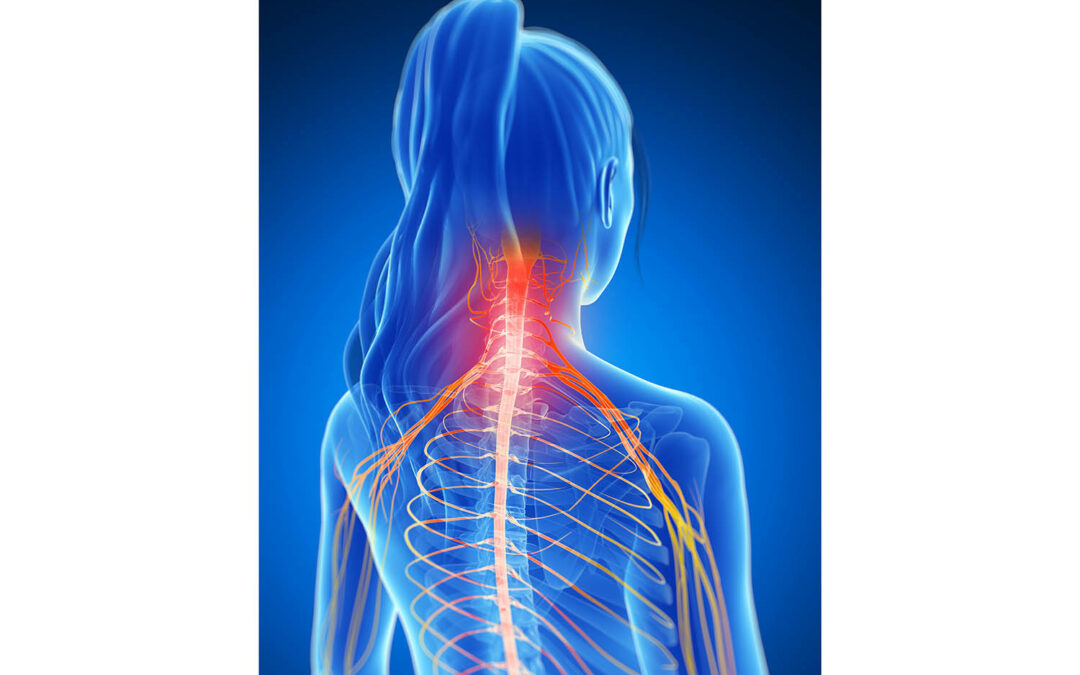If you or a loved one currently lives with chronic pain which is caused by nerve damage, you doctor may have spoken with you about peripheral nerve stimulation. Chances are you’re here because you have questions. The great news is that we’ve got answers! As one of Texas’s leading peripheral nerve stimulation Benbrook TX centers (location also in Bedford TX), we get the opportunity to educate patients on this procedure often. Read on to learn about the basics of this contemporary, low-risk pain management technique.
What is Peripheral Nerve Stimulation (PNS)?
Peripheral Nerve Stimulation, also known as PNS, is a minimally invasive pain management tool. It is specifically designed as part of a treatment plan for neuropathy pain. That means it could help manage pain related to any of the many conditions which cause nervous system damage. In many cases, PNS has shown evidence of offering long-term pain relief in patients for whom other treatments have failed.
Conditions
Although it has a high success rate, PNS is not recommended for all types of chronic pain. It is also not encouraged as an initial treatment plan. Pain management associates Benbrook TX (location also in Bedford TX), specialists recommend first trying methods such as medication, steroids, or nerve blocks. Some of the chronic pain conditions that PNS has been highly effective for include the following:
- Complex Regional Pain Syndrome
- Nerve damage
- Peripheral Neuropathy
- Occipital neuralgia
- Chronic migraines and some additional types of headaches
- Sciatica
How PNS Works
This treatment uses mild electrical stimulation to eliminate misguided pain signals that come from damaged peripheral nerves. When done successfully, it results in the patient experiencing more of a “pins and needles” sensation rather than discomfort. (These sensations are typically referred to as paresthesia.)
The electrical pulses are made possible by an extremely small electric device – similar to a wire – which is surgically placed alongside one of the damaged peripheral nerves. Once the device is in place under the skin, it will be able to automatically sense the pain signals and replace them with paresthesia. The patient will be given a remote that allows them to shut off the device as needed, as well.
Risks & Side Effects
As an outpatient procedure, PNS is considered to be mildly invasive and low risk. Much of the risk is eliminated by having a thorough examination and health history prior to treatment. However, some of the possible risks include the following:
- Allergic reaction
- Infection at the surgical site
- Device movement over time
- Nerve damage (rare)
There are even fewer [negative] side effects due to the fact that this procedure is 100% reversible. Should the patient experience challenge or discomfort due to PNS, the device will be removed, and alternate treatment options will be evaluated.
Pain Management Associates Benbrook TX
Did you know that pain is actually a wide spectrum of disorders including acute pain, chronic pain and cancer pain, and sometimes a combination of these. The physicians at CPI have special training in the evaluation, diagnosis, and treatment of all different types of pain. CPI offers a scope of services depending on your specific set of needs as a patient. Contact us today to schedule a consultation with one of our dedicated chronic pain specialists.

